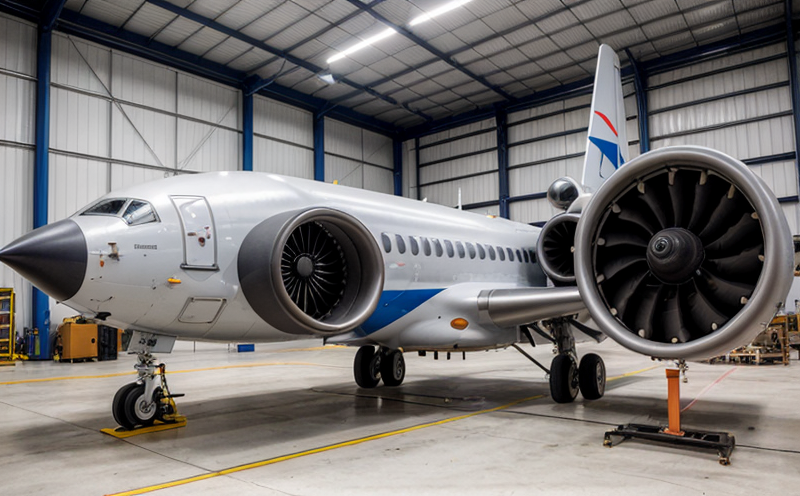Missile Guidance System Vibration Testing
The missile guidance system is a critical component of any aerospace and defense project. The precision required in its design and manufacturing demands rigorous testing to ensure it meets the highest standards of reliability, safety, and performance under real-world conditions. Vibration testing plays an essential role in validating that the guidance systems can withstand the dynamic environments they will encounter during flight.
In this article, we delve into missile guidance system vibration testing, highlighting its importance within the aerospace and defense sector. We explore how this test ensures robustness against environmental factors such as turbulence, mechanical stress, and other external forces. By subjecting these systems to controlled vibration conditions that simulate actual operational environments, we can identify potential weaknesses or design flaws before they become critical issues.
The process involves meticulous preparation of the specimen, including cleaning, assembly, and securing it onto a vibration table using appropriate fixtures. Various types of excitation methods are employed depending on the specific requirements; these may include sine waves, random noise, or more complex waveforms designed to mimic real-world scenarios. Once prepared, sensors measure displacement, acceleration, force, and other relevant parameters throughout the test.
The results from this testing provide crucial insights into the structural integrity of the guidance system, its ability to function accurately in challenging conditions, and overall durability. Compliance with international standards such as MIL-STD-810F ensures consistent quality across all tests conducted here at Eurolab.
Industry Applications
Missile guidance system vibration testing finds application in various aerospace and defense projects. This includes ensuring that critical components like gyroscopes, accelerometers, and motors are reliable under extreme conditions encountered during launch and flight.
| Application | Description |
|---|---|
| Aerospace Launch Vehicles | Vibration testing helps verify the structural integrity of rocket stages, ensuring they can withstand the harsh environment during takeoff. |
| Hypersonic Weapons Systems | Testing ensures these advanced systems operate flawlessly despite high-speed maneuvers and atmospheric re-entry conditions. |
| Air-to-Ground Missiles | Evaluates the resilience of missile components against ground-based interference during deployment. |
- Ensures compliance with MIL-STD-810F standards.
- Identifies potential failures early in the development cycle.
- Reduces costs associated with field repairs and replacements.
Eurolab Advantages
At Eurolab, we pride ourselves on offering top-tier missile guidance system vibration testing services tailored specifically to meet the stringent requirements of aerospace and defense projects. Our state-of-the-art facilities provide precise control over environmental parameters, allowing us to simulate a wide range of operational conditions accurately.
- Comprehensive range of vibration excitation methods
- Expertise in handling complex assemblies
- Accurate measurement systems for all relevant parameters
- Experienced technical staff with deep industry knowledge
Our commitment to quality and precision is reflected in the meticulous attention we pay to every detail of your project. Whether you need initial design validation or final certification testing, Eurolab ensures that each step aligns perfectly with international standards.
International Acceptance and Recognition
Missile guidance system vibration testing is widely recognized as a vital component of aerospace and defense projects. Compliance with international standards such as MIL-STD-810F guarantees that the results from our tests are universally accepted by regulatory bodies worldwide.
- The United States Department of Defense
- NATO member countries
- European Union directives
We utilize advanced technology and methodologies to ensure consistent, repeatable test results. By adhering to these recognized standards, you can be confident that your products will meet regulatory requirements and achieve market acceptance.
- Global recognition of our testing capabilities
- Continuous improvement through cutting-edge technology investments
- Strong partnerships with leading research institutions





